If you’ve been searching for a fresh, crisp, and versatile vegetable to add to your meals, Chinese cabbage deserves a spot on your grocery list—or even in your backyard garden. Known for its mild sweetness, tender leaves, and high nutritional value, Chinese cabbage has become a rising favorite across the United States, appearing in everything from Asian stir-fries to modern American salads and soups.
Also called Napa cabbage or bok choy, this leafy green is more than just a staple in Asian cooking—it’s a nutrient powerhouse that fits perfectly into America’s growing demand for healthy, low-calorie, plant-based foods. Whether you’re a home chef, a gardener, or simply someone who loves discovering new flavors, Chinese cabbage is a delicious and sustainable addition to your kitchen and garden.
In this comprehensive guide, you’ll learn everything you need to know about Chinese cabbage—from its origins and varieties to its incredible health benefits, growing tips, and mouthwatering ways to cook it at home.
1. What Is Chinese Cabbage?
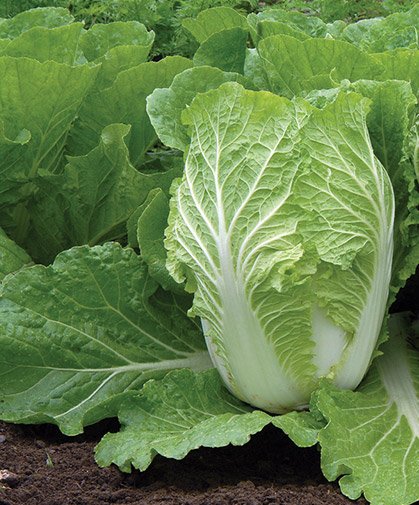
Chinese cabbage refers to a group of leafy vegetables in the Brassica family, which also includes kale, broccoli, and Brussels sprouts. The two most common types are:
- Napa cabbage (Brassica rapa subsp. pekinensis) – Also called celery cabbage, it has pale green, crinkly leaves and an oblong shape. It’s often used in salads, soups, and kimchi.
- Bok choy (Brassica rapa subsp. chinensis) – Recognized by its dark green leaves and crisp white stems, bok choy is a favorite in stir-fries and noodle dishes.
Both types have a mild, slightly sweet flavor, tender texture, and high water content, making them refreshing and versatile. While they originated in China centuries ago, these greens have gained widespread popularity across the U.S. for their taste, nutrition, and ease of preparation.
2. The Rise of Chinese Cabbage in American Kitchens
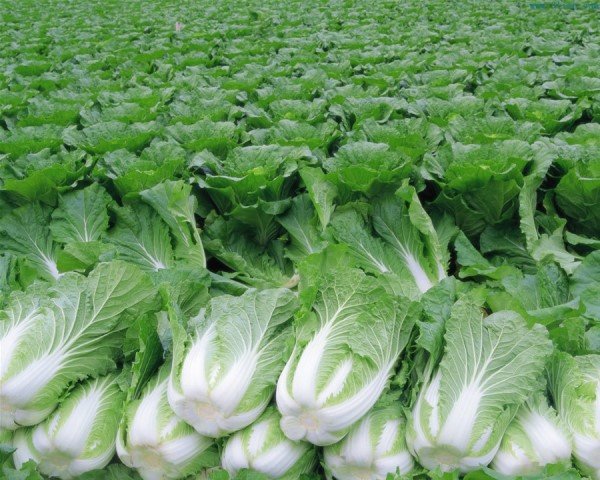
Over the past decade, Chinese cabbage has become a star ingredient in American fusion cuisine. You’ll now find it in:
- Asian-inspired tacos and wraps
- Healthy salads and grain bowls
- Homemade kimchi and fermented foods
- Smoothies and juices
- Soups, stews, and casseroles
Its delicate crunch and ability to absorb flavors make it a go-to for home cooks looking to add texture and nutrition without overpowering other ingredients. Plus, it cooks quickly—perfect for busy families and weeknight meals.
Health-conscious Americans love it for being low in calories but high in fiber and essential nutrients, making it a key ingredient in weight-loss and heart-healthy diets.
3. Nutritional Benefits of Chinese Cabbage
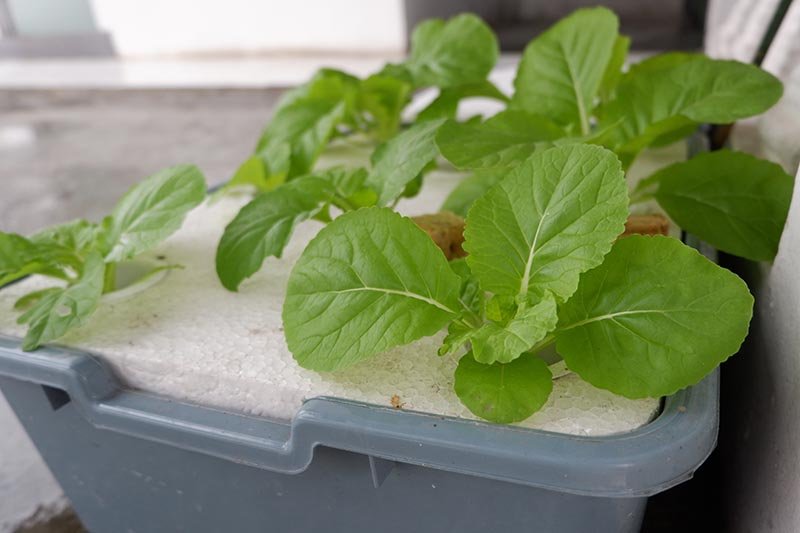
Don’t let its light texture fool you—Chinese cabbage is packed with nutrients that benefit the entire body. One cup of cooked Napa cabbage contains fewer than 25 calories, yet it delivers a powerful punch of vitamins, minerals, and antioxidants.
a. Vitamin-Rich Supergreen
Chinese cabbage is loaded with:
- Vitamin C: Boosts immunity and skin health
- Vitamin K: Supports bone and heart health
- Vitamin A: Enhances eye and skin health
- Folate: Vital for cell repair and heart wellness
- Calcium and Iron: Strengthen bones and improve blood health
b. Antioxidant Powerhouse
It contains compounds like beta-carotene, polyphenols, and glucosinolates, which may reduce inflammation and protect against certain cancers.
c. Great for Digestion and Weight Loss
High in fiber and water, Chinese cabbage supports healthy digestion and helps you feel full without adding extra calories—making it perfect for weight management.
d. Heart and Brain Support
Its potassium content helps regulate blood pressure, while folate and antioxidants support brain function and heart health.
e. Perfect for Plant-Based Diets
Naturally vegan, gluten-free, and low-carb, Chinese cabbage fits perfectly into keto, paleo, and plant-based eating plans.
4. Growing Chinese Cabbage in the U.S.
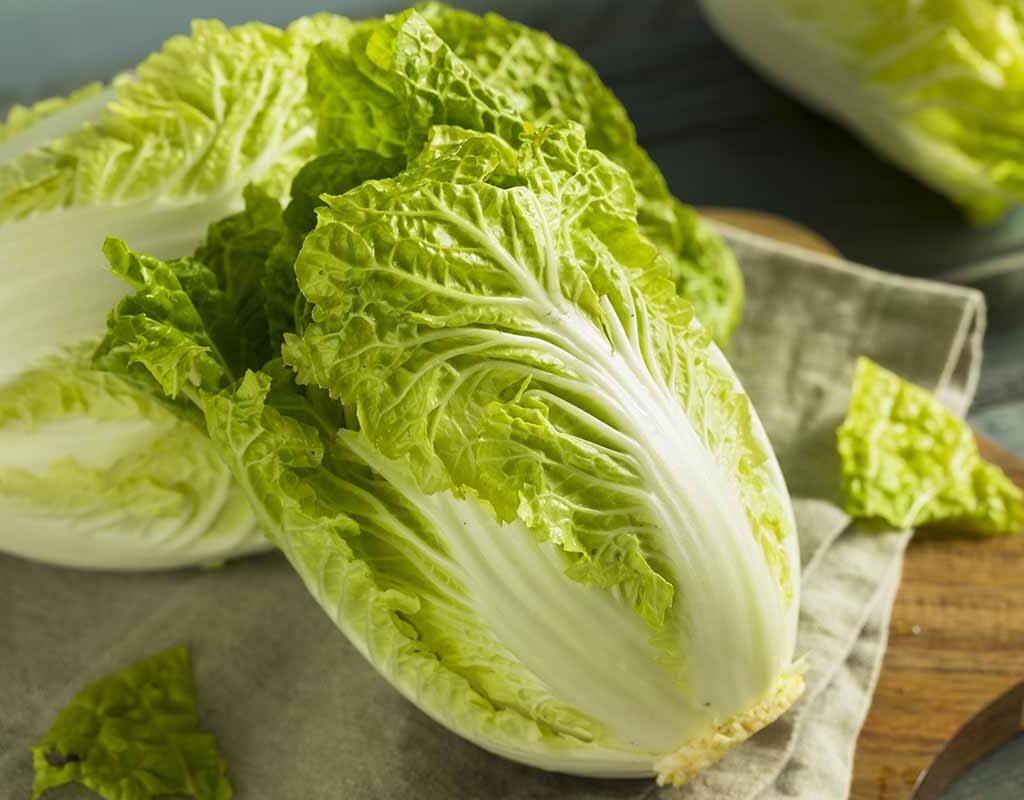
If you enjoy gardening, Chinese cabbage is one of the easiest and fastest greens to grow. It’s ideal for spring and fall planting and does well in most U.S. climates.
a. Best Climate and Soil
- Temperature: Thrives in cool weather, ideally 55°F–70°F.
- Regions: Grows best in the Midwest, Pacific Northwest, and Northern U.S., but can also be cultivated in southern states during cooler months.
- Soil: Prefers well-drained, fertile soil with a pH between 6.0 and 7.5.
- Sunlight: Full sun to partial shade.
b. Planting Tips
- Direct sow or transplant seedlings once the soil warms to at least 50°F.
- Space plants 12–18 inches apart in rows about 18–24 inches apart.
- Keep soil consistently moist but not waterlogged.
- Apply compost or organic fertilizer every few weeks for steady growth.
c. Harvesting
Napa cabbage matures in 70–90 days, while bok choy can be harvested as early as 45 days after planting. Harvest when heads are firm or leaves are crisp and full-sized. You can also pick baby bok choy for a tender, mild flavor.
d. Pest Control
Watch for aphids, cabbage worms, and flea beetles. Use neem oil or organic pest sprays for safe protection. Crop rotation also helps prevent soil-borne diseases.
With minimal effort, you can enjoy a steady harvest of fresh, homegrown Chinese cabbage throughout the year.
5. How to Cook Chinese Cabbage: Delicious American-Friendly Recipes
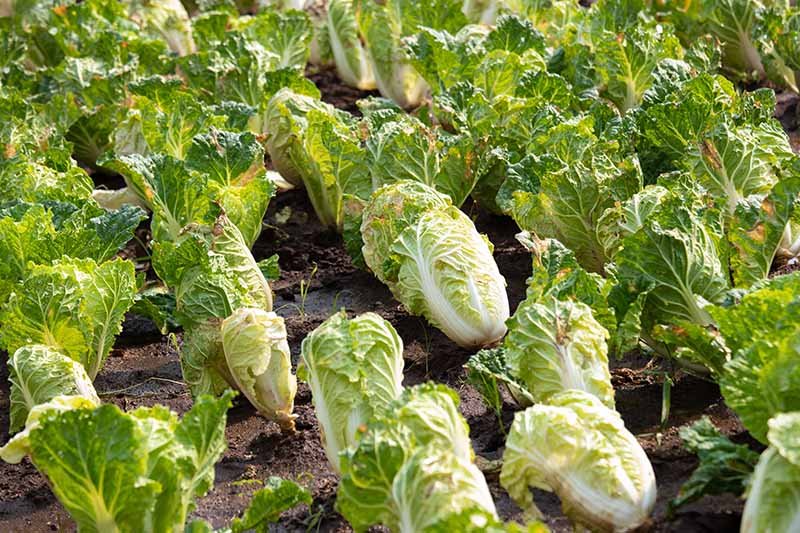
Chinese cabbage shines in the kitchen because it can be used raw or cooked in a wide variety of dishes. Here are some tasty ways to enjoy it at home:
a. Stir-Fried Bok Choy with Garlic and Soy
Quickly stir-fry chopped bok choy with garlic, soy sauce, and sesame oil for a flavorful side dish that pairs with rice, noodles, or grilled chicken.
b. Napa Cabbage Salad with Peanut Dressing
Toss shredded Napa cabbage with carrots, green onions, and a creamy peanut or sesame dressing for a refreshing, protein-packed lunch.
c. Homemade Kimchi
Ferment Napa cabbage with chili, ginger, garlic, and salt to create your own tangy, probiotic-rich kimchi—perfect for gut health.
d. Chinese Cabbage Soup
Simmer chopped cabbage with vegetable broth, mushrooms, and tofu for a comforting, low-calorie meal.
e. American Fusion Idea: Cabbage Tacos
Use blanched cabbage leaves as taco shells or add thinly sliced Napa cabbage as a crunchy topping for grilled fish or chicken tacos.
f. Sautéed Bok Choy and Mushrooms
A quick 10-minute side dish combining sautéed bok choy and mushrooms with a splash of soy sauce and a hint of ginger.
6. Chinese Cabbage vs. Regular Cabbage
Though they share a name, Chinese cabbage and regular cabbage differ in flavor, texture, and use.
| Feature | Chinese Cabbage (Napa/Bok Choy) | Regular Green Cabbage |
|---|---|---|
| Flavor | Mild, sweet, and delicate | Stronger, peppery flavor |
| Texture | Tender, crisp leaves | Dense, crunchy layers |
| Shape | Oblong (Napa) or leafy (Bok choy) | Round, compact head |
| Cooking Time | 3–5 minutes | 10–15 minutes |
| Best For | Stir-fries, soups, salads | Coleslaw, sauerkraut, stews |
Many American cooks prefer Chinese cabbage for its light texture and subtle taste, which blends easily with a wide range of ingredients.
7. Health and Wellness Benefits
Beyond its nutrition, Chinese cabbage has been celebrated in traditional medicine for centuries—and now, modern science is backing up those claims.
a. Boosts Immunity
Vitamin C and antioxidants strengthen the immune system and help the body fight infections.
b. Supports Bone Health
Rich in calcium and vitamin K, Chinese cabbage helps maintain strong bones and reduces the risk of osteoporosis.
c. Detoxifies the Body
Its sulfur compounds aid liver detoxification and promote healthy metabolism.
d. Improves Heart Health
Folate and potassium contribute to lower blood pressure and better cardiovascular function.
e. Promotes Youthful Skin
Antioxidants and hydration from the high water content help keep skin radiant and smooth.
Adding Chinese cabbage to your diet regularly can enhance your long-term health naturally.
8. Sustainability and the American Green Revolution
As more Americans turn toward eco-conscious eating, Chinese cabbage stands out as a sustainable and high-yield crop. It grows quickly, requires little water, and can be cultivated organically with ease.
Urban farmers and home gardeners in cities like Portland, Austin, and San Francisco are embracing it for balcony gardens and raised beds. Its resilience and nutritional value make it a top pick for sustainable living and food security.
Moreover, Chinese cabbage can be stored in the refrigerator for up to two weeks without losing its crunch—reducing food waste and supporting eco-friendly cooking.
9. Where to Buy Chinese Cabbage in the U.S.
You can find fresh Chinese cabbage in:
- Asian grocery stores (e.g., H Mart, 99 Ranch, and local Asian markets)
- Farmers’ markets and health food stores
- Mainstream supermarkets like Whole Foods, Kroger, and Walmart
- Online produce delivery services offering organic options
When shopping, look for firm heads with crisp, vibrant leaves and no brown spots or wilting.
Conclusion: Why Chinese Cabbage Belongs in Every American Kitchen
Chinese cabbage isn’t just an Asian vegetable—it’s a global green that’s winning hearts across America. With its refreshing crunch, subtle sweetness, and outstanding health benefits, it’s one of the most versatile and sustainable veggies you can grow or cook with today.
From garden beds to dinner plates, Chinese cabbage offers a perfect balance of nutrition, flavor, and sustainability. Whether you enjoy it in a hearty stir-fry, a crisp salad, or your favorite soup, this humble leafy green proves that eating healthy doesn’t mean sacrificing taste.
So, next time you’re planning your meals or prepping your garden, remember this superstar veggie—Chinese cabbage: the crunchy, vitamin-packed green your kitchen has been waiting for.
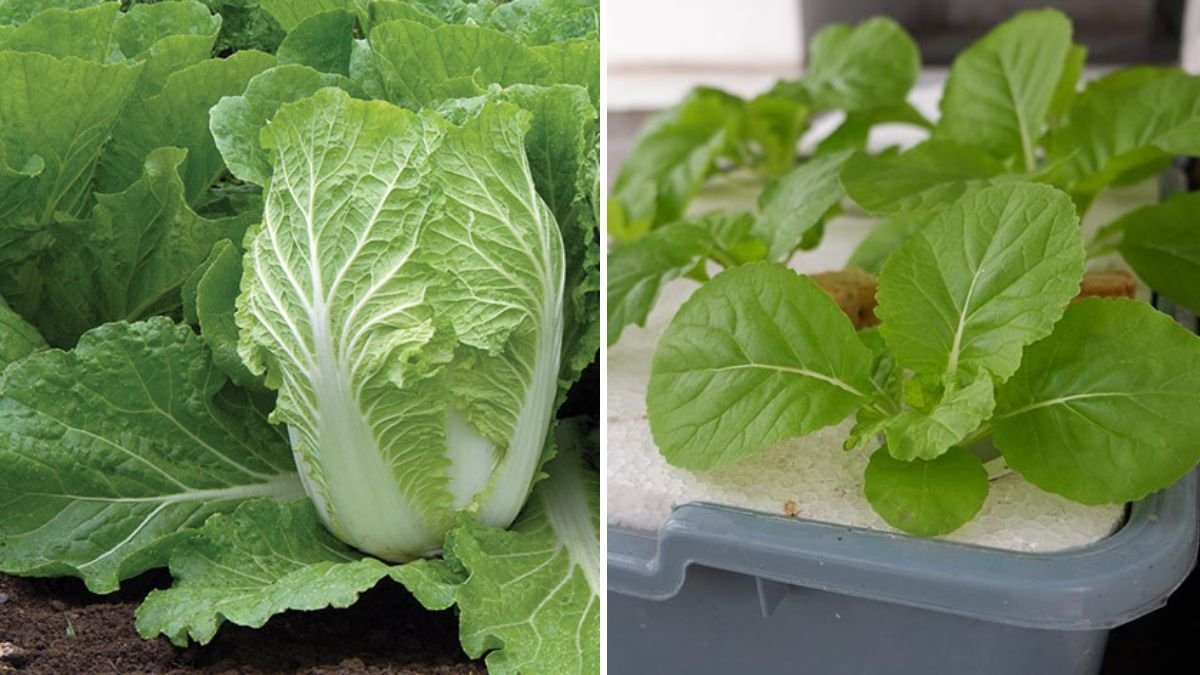
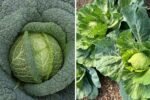




Leave A Comment